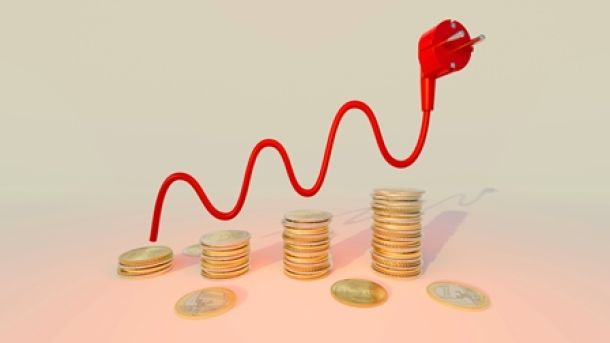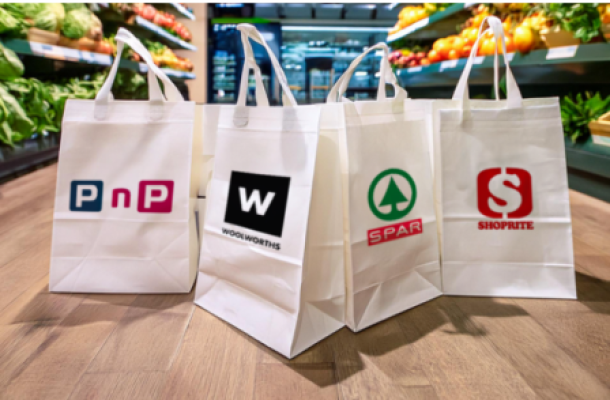Mind over money when it comes to consumer prosperity
Nielsen has launched its 2019 Changing Consumer Prosperity Report which highlights how global consumers think and feel about their financial situation and reveals that when it comes to feeling prosperous, mindset matters more than income.
Executive Director, Thought Leadership Nielsen Global Markets Ailsa Wingfield comments; “What we found is that financial factors like income and wage increases, are an incomplete indicator of prosperity as in reality, financial wellbeing does not equate wealth. Income and wage can provide some pointers for understanding prosperity but we need to dig deeper to get a true understanding of how consumers feel about improvements to their lives and the impact on their spending behaviour.
“When we do, it becomes clear that consumers who have experienced small changes in their economic situations giving them access to new or better products - for example, the ability to upgrade their feature phone to a smartphone - feel the most prosperous. What may be considered slight changes can make a big impact on different consumers, and they therefore feel more positive about their situations.”
For better or for worse?
This is borne out by the fact, that seven of the top 10 markets with the most positive financial sentiment are in Asia, while six of the least positive markets are in Europe. Against this backdrop, when the study asked South African respondents the same question, 50% of local consumers feel ‘better off’ compared to 33% feeling worse off, compared to five years ago. Interestingly, this can be compared with a 2.4% increase in real wages in the country over the same five year period.
However, it’s important to appreciate that there is still a big divide between sentiment and reality as even when consumers feel financially better off, this does not always translate into being able to spend, with only 8% of South Africans able to spend freely. That said, close on half (45%) say they live comfortably and 48% say they only have enough for the basics as compared to the global averages of 15%, 53% and 32% respectively.
Retail transformation
The complexities of these varying consumer circumstances are also having an effect on the retailing environment. In more developed markets like Europe and the US where more people are feeling worse off, there is a shift to pure discount retail as consumers are looking for value for money and cheap prices. This compared to developing countries in Asia, Latin America, Africa and Middle East, where there is polarisation at both ends of the price spectrum, as consumers seek out value for money products as well as better quality products that are associated with premium characteristics.
In terms of the specific areas that are gaining wallet spend in South Africa, the highest number of consumers (62%) say they have spent more on groceries during the last five years, followed by 53% on their Rent/Bond, 51% on household goods, 47% on healthcare and 43% on education and utilities (power/water).
In terms of what they’re willing to pay more on, 45% of South African consumers say electronics with the same number stating clothing, 39% will spend more on meat and seafood, 38% on cars and the same figure for coffee and tea and 37% on home entertainment (TV, music systems).
Wingfield comments; “Consumers are willing to pay more for personal electronics, clothing, dairy and meat/seafood, highlighting extrinsic and intrinsic drivers such as greater consciousness about health and wellness and a big focus on clothing and technology, which is important for individual image and status in more aspirational, developing markets.”
“There therefore needs to be a clear understanding of consumers’ mindsets and their spending intentions. A key part of this, is in-depth knowledge of the changing and sometimes surprising profile of the prosperous consumer, given that many people who are wealthier are now less willing to spend while emerging consumers, present massive potential for the development of premium products with inherent ‘good value’. “
“Ultimately, the key is to identify the products, categories and characteristics that the diverse consumer segments are willing to pay more for and conversely where they’re not, to determine a brand’s portfolio and pricing strategy and potential for the future.”
· Mindset matters more than income when it comes to feeling prosperous
· 50% of South African consumers feel ‘better off’ than they were five years ago, compared to 33% feeling worse off
· Only 8% of South Africans able to spend freely, 45% say they live comfortably & 48% say they only have enough for the basics
News Category
- International retailers
- On the move
- Awards and achievements
- Legislation
- Wine and liquor
- Africa
- Going green
- Supplier news
- Research tools
- Retailer trading results
- Supply chain
- Innovation and technology
- Economic factors
- Crime and security
- Store Openings
- Marketing and Promotions
- Social Responsibility
- Brand Press Office
Related Articles

Checkers Sixty60 wipes floor with Pick n Pay As...

Top tips for consumers to combat escalating ele...

Clear winner in South African retail battle

Drinks survey reveals Rooibos as a top choice a...


